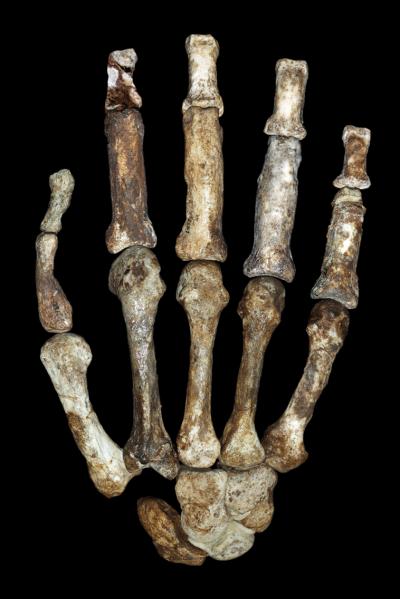The intricate capabilities of the human hand have long been regarded as a defining trait of our species. The evolution of manipulative abilities, including tool-making, played a pivotal role in shaping human development. Recent research comparing the hand morphology of Australopithecus sediba and Homo habilis sheds new light on the origins of tool-making prowess in early hominins.
The scarcity of complete hand skeletons attributed to specific hominin taxa has been a challenge in studying the evolution of manipulative abilities. However, a breakthrough came with the discovery of a remarkably well-preserved hand of a 1.98-million-year-old Australopithecus sediba individual from Malapa, South Africa. This finding provided a unique opportunity to examine the functional morphology of a hand post-dating the emergence of stone tools.
A team of international researchers, led by Tracy Kivell from the Max Planck Institute for Evolutionary Anthropology in Leipzig, Germany, conducted a comprehensive study comparing the hand of Au. sediba with other hominin fossils, particularly Homo habilis, known for its association with early tool use.
The analysis revealed striking features in the Au. sediba hand that align with human-like precision grips, crucial for tool-making. One notable feature is the relatively long thumb compared to the fingers, a characteristic even exceeding that of modern humans. This elongated thumb would have facilitated thumb-to-finger precision grips, a key aspect of tool manipulation.
Importantly, Au. sediba exhibited more traits associated with tool-making than the 1.75-million-year-old “OH 7 hand,” which initially defined Homo habilis as the “handy man” species. Despite its tool-making capabilities, the Au. sediba hand retained morphology indicative of powerful flexion necessary for tree-climbing—an adaptation from its arboreal past.
The mosaic morphology of Au. sediba’s hand suggests a dual functionality: suited for both arboreal locomotion and human-like precision grips. This versatility is a hallmark of transitional forms, indicating a transitional stage in hominin evolution where manipulative skills were evolving alongside locomotor adaptations.
In contrast, Homo habilis, while recognized for its association with early tool use, exhibited less pronounced features related to precision grips compared to Au. sediba. This raises intriguing questions about the trajectory of tool-making abilities in early hominins and the evolutionary steps leading to the development of sophisticated tool technologies.
The findings from this study challenge traditional views of tool-making origins and suggest that Au. sediba may be a better candidate for an early tool-making hominin than Homo habilis. This underscores the complexity of human evolution, where adaptations for tool use were intertwined with locomotor versatility and environmental demands.
The hand of Australopithecus sediba provides a unique glimpse into the evolutionary transition towards advanced manipulative abilities—an essential hallmark of human evolution. By examining the functional morphology of hands in ancient hominins, researchers continue to unravel the intricacies of our ancestral past and the factors that shaped our distinctive human characteristics.
